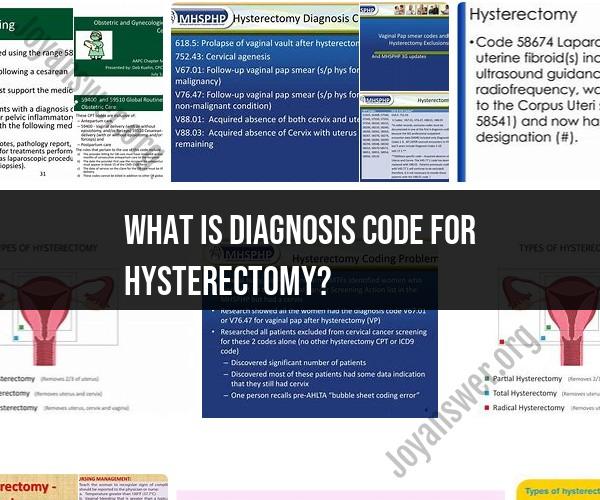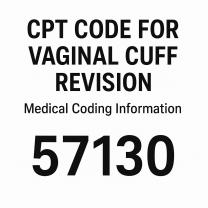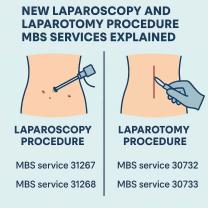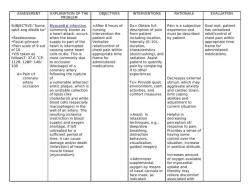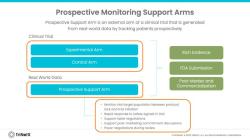What is diagnosis code for hysterectomy?
The diagnosis code for a hysterectomy can vary depending on the medical condition or reason for the procedure. In medical billing and coding, diagnosis codes are used to specify the medical necessity of a procedure or treatment. Here are some common diagnosis codes related to hysterectomy:
D25.9 - Leiomyoma of uterus, unspecified: This code may be used if the hysterectomy is performed due to the presence of uterine fibroids, which are noncancerous growths in the uterus.
D07.1 - Carcinoma in situ of cervix uteri: If the hysterectomy is performed as a treatment for cervical cancer that is in the early stages and has not spread beyond the cervix, this diagnosis code may be used.
C54.9 - Malignant neoplasm of corpus uteri, unspecified: This code is used when the hysterectomy is performed as a treatment for cancer of the uterine body (endometrial cancer).
N85.0 - Endometrial hyperplasia: In cases where the hysterectomy is performed to treat endometrial hyperplasia, this code may be used.
N80.0 - Endometriosis of uterus: If the hysterectomy is conducted to address severe endometriosis involving the uterus, this code might be applicable.
N80.9 - Endometriosis, unspecified: When endometriosis is present but not limited to the uterus, or when the exact location is unspecified, this code may be used.
It's essential to consult with a healthcare provider or a medical coder to ensure the correct diagnosis code is used for a specific patient's medical condition and procedure. Accurate coding is crucial for insurance claims, billing, and medical recordkeeping.
